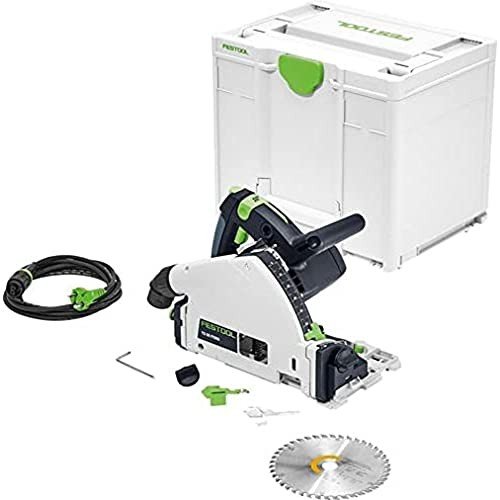When it concerns woodworking and building, precision is vital. One tool that stands out for its capability to deliver precision in cutting angles is the mitre saw. This versatile tool is a vital part of numerous craftsmen's toolkit, whether they are dealing with small home projects or big remodellings. This blog site post intends to explore the mitre saw's functionality, types, features, and how to select the ideal one for your requirements.

A mitre saw, likewise understood as a chop saw or drop saw, is a power tool used to make precise crosscuts and mitre cuts in woodworking. Mitre saws can cut details at numerous angles, that makes them highly versatile for various jobs, such as framing, molding, and furniture-making.
Mitre saws utilize a circular saw blade mounted on a swinging arm. The user positions the workpiece versus the fence and decreases the blade down onto the material at the wanted angle, leading to a clean cut. The capability to lock the blade in place while cutting guarantees precision.
Mitre saws come in numerous variants, each designed for particular functions. Here are the most common types:
| Type | Description | Best Mitre Saw UK For |
|---|---|---|
| Standard Mitre Saw | Standard design developed for making straight cuts or mitre cuts. | General crosscutting tasks. |
| Compound Mitre Saw | Features the capability to tilt the blade for bevel cuts in addition to mitre cuts. | Crown molding and angled cuts. |
| Double Compound Mitre Saw | Integrates the functions of a compound mitre saw, allowing bevel cuts on both sides. | Complex angles and trim work. |
| Sliding Mitre Saw | Integrates a sliding system to increase cutting width and capability. | Broader materials such as lumber. |
| Digital Mitre Saw | Features digital display screens for much better accuracy in angle measurements. | Precision-sensitive jobs. |
Selecting the best mitre saw depends mainly on the type of projects you plan to carry out. Here are some elements to think about:
Type of Cuts Needed: Determine if you need only straight cuts, or if you require to make bevel cuts too.
Size of Material: If you typically work with broader pieces, a sliding mitre saw will use more capability.
Portability: If you need to transfer your saw frequently, a light-weight design would be needed.
Power and Speed: Higher amperage shows more powerful saws, but it's vital to stabilize Power Mitre Saw with maneuverability.
Rate: Mitre saws are available in different price varieties. Evaluate your spending plan while ensuring you don't sacrifice vital functions.
When picking a mitre saw, certain features can considerably enhance the user experience and precision of cuts:
Safety is critical when using any power tool, including mitre saws. Here are some vital safety pointers:
Q1: Can I utilize a Mitre Saw Double Bevel saw for cutting metal?
A: While some mitre saws can be adjusted with special blades for cutting metal, it's mainly created for wood. Always check the producer's requirements.
Q2: What blade size should I use for my mitre saw?
A: Common blade sizes are 10-inch and 12-inch. The size you need depends on the density of the material being cut.
Q3: How frequently should I alter the blade on my mitre saw?
A: Blade life varies based upon use. Check the blade frequently and replace it if it reveals indications of dullness or damage.
Q4: Can I make compound cuts with a standard mitre saw?
A: No, just compound and dual compound mitre saws permit bevel cuts in addition to mitre cuts.
Q5: What is the distinction in between a sliding mitre saw and a compound mitre saw?
A: Sliding mitre saws have a slide mechanism that extends the cutting capacity, while compound mitre saws can only tilt for angled cuts.
The mitre saw is an essential tool for anybody seeking to enhance their woodworking jobs with precision and Mitresaw (Https://King-Wifi.Win/Wiki/A_Peek_Inside_The_Secrets_Of_Compound_Miter_Saw) ease. With different types, features, and security preventative measures to consider, comprehending this tool empowers users to make educated choices tailored to their particular requirements. Whether you are an experienced professional or simply starting, a mitre saw can considerably raise your workmanship. By making the effort to choose the best design and practicing safety steps, you can ensure an effective woodworking journey.

Məlumat tapılmadı!
